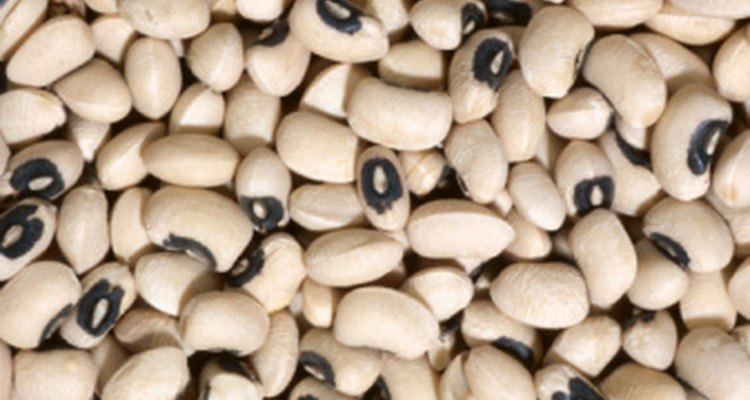
At the young, green stage, black-eyed peas are removed from their plump pods, cooked and served as a hearty green vegetable side dish. Dry black-eyed peas are a cream-colored bean-like legume with distinctive dark-colored markings. Also known as cowpeas, they are soaked, then cooked for about two hours and served as a main dish, in soups or as a filling cold salad. Whether you have an abundance of fresh green cowpeas from the garden or leftovers from a dinner featuring cooked dry black-eyed peas, preserve them in the freezer for a quick start to a nutritious meal in the future.
Green Black-Eyed Peas
Pop open the black-eyed pea pods with your fingers and scoop the small green peas out into a colander.
Rinse the shelled peas under cool running water. Pick out any debris and pod pieces that may have fallen into the peas.
Fill a large cooking pot two-thirds full of water. Bring it to a rolling boil over high heat.
Dump the black-eyed peas into the boiling water and cook them for two full minutes.
Pour the cooked peas back into the colander to drain out the hot water.
Place the drained black-eyed peas immediately into a large bowl filled with water and ice cubes. Swirl the peas around for a minute or two until they are completely cooled, then pour them into the colander to drain.
Spoon the cooled peas into pint-sized plastic containers, cover tightly with a lid and place the container into the freezer. If you prefer freezing in plastic bags, use the type specifically designed for use in freezers and press as much air out of the filled bag as possible before sealing.
Dried Black-Eyed Peas
Place 1 or more cups of dry black-eyed peas in a large cooking pot. Cover them with 5 cups of water per cup of peas and put a lid on the pot.
Set the pot on a burner turned to its highest setting. When the water comes to a boil, allow the peas to cook for two full minutes.
Remove the pot from the stove and take off the lid. Let the peas sit undisturbed for at least two hours, then pour them into a colander to strain away the water.
Dump the drained black-eyed peas back into the water. Pour the same amount of water over the peas that you used when you originally soaked them. If you started with 1 cup of dried peas, for example, add 5 cups of water, even though the peas have expanded in volume through the soaking process.
Cover the pot with a lid and bring it to a boil over high heat. Turn the heat down to medium, or lower if necessary, to keep the liquid at a lightly bubbling simmer. Cook the peas for two hours or until they are tender and most of the liquid is absorbed.
Pour the cooked peas into a colander and run cold water over them for three to four minutes to start the cooling process. Let the colander sit for five to 10 minutes, shaking it several times, to allow excess water to drain completely.
Turn the black-eyed peas out into one or more large baking pans, spreading the peas out in a layer no deeper than 3 inches to facilitate faster cooling. Cover the pans with plastic wrap and place in the refrigerator for at least two hours, or until the peas are completely cooled.
Package the cooled black-eyed peas in pint- or quart-sized containers, whichever is most convenient for your cooking style. Cover the containers with lids that seal tightly. Use plastic bags specifically designed for freezer use if you want to flatten the filled bags to conserve space in your freezer.
Related Articles

How to Dehydrate Peas

How to Freeze Garbanzo Beans
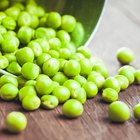
How to Fry Peas

How to Freeze Black-eyed Peas

How to Cook Fried Green Peas

Can You Cook & Eat Sprouted Navy Beans?

How to Cook Split Peas in a Slow Cooker
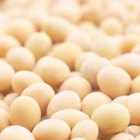
How to Cook Raw Chickpeas or Garbanzo ...

How to Prepare Fresh Purple Hull Peas ...

How to Freeze Romanesco
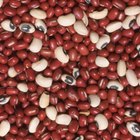
How to Convert Dried Beans to Cooked ...

How to Cook Mixed Greens

How to Cook Romanesco Broccoli
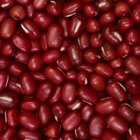
How to Soak Adzuki Beans
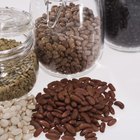
How to Freeze Cooked Dried Beans

How to Soften Lentils

Can You Eat Frozen Edamame From the ...

How to Blanch Bitter Greens for Italian ...
Do I Need to Cook Snow Peas Before ...

How to Cook Beans
References
Writer Bio
Denise Schoonhoven has worked in the fields of acoustics, biomedical products, electric cable heating and marketing communications. She studied at Newbold College and Middlesex Polytechnic in the UK, and Walla Walla University. A writer since 2008, Schoonhoven is a seasoned business traveler, solo tourist, gardener and home renovator.
Photo Credits
Hemera Technologies/AbleStock.com/Getty Images